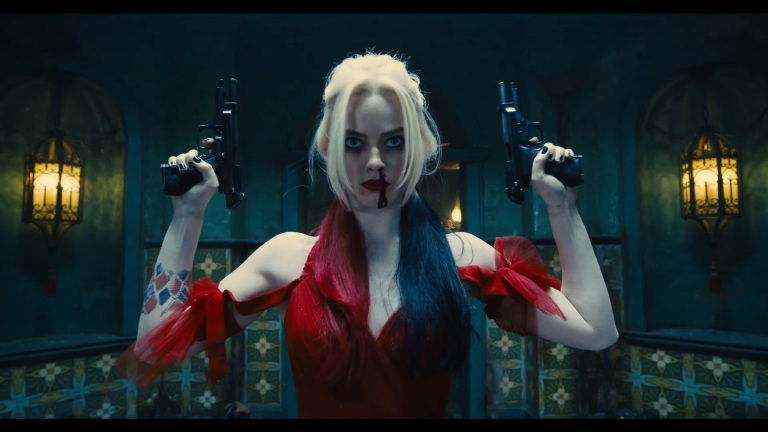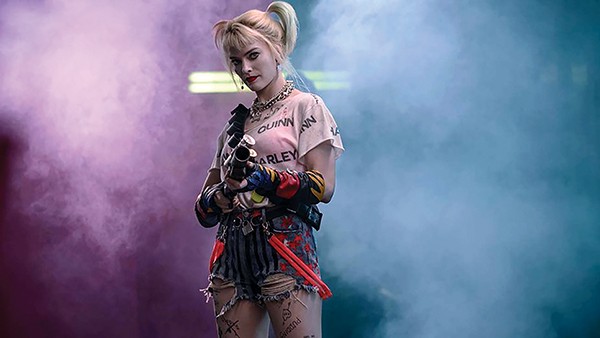Frequently Asked Questions about The Suicide Squad
Q: What is The Suicide Squad?
A: The Suicide Squad is a team of supervillains from the DC comic universe. They are led by covert operative Amanda Waller (Viola Davis) and Colonel Rick Flag (Joel Kinnaman). They recruit incarcerated meta-humans for impossible missions in the service of “national security.” Over the years, comics writers have used the Suicide Squad as a way to recycle crappy, one-off bad guys. This film’s incarnation includes Bloodsport (Idris Elba), Peacemaker (John Cena), Ratcatcher 2 (Daniela Melchior), King Shark (Sylvester Stallone), Polka-Dot Man (David Dastmalchian), and the legitimately popular Harley Quinn (Margot Robbie).
Q: Polka-Dot Man? What does he do, shoot polka dots?
A: Yes.
Q: Didn’t this movie come out a long time ago?
A: You’re thinking of Suicide Squad, which was released in 2016.
Q: So this is a rerelease?
A: No, this is The Suicide Squad.
Q: Exactly. It’s the same movie.
A: No, the 2016 film directed by David Ayer was called Suicide Squad. This 2021 film directed by James Gunn is The Suicide Squad. See the difference?
Q: Not really.
A: This one begins with “The.”
Q: Ahhh. That’s … stupid. Couldn’t they have called it The Rise of Suicide Squad or Suicide Squad: Something Rises?
A: Yes, those do sound like better titles. Especially these days when everything rises, like Dark Knight Rises or The Rise of Skywalker. But that’s not what Warner Bros. and DC opted for.
Q: Why not?
A: Look, I think you’re getting too hung up on this. I don’t know why they chose a bad title, but I do have a lot more information to impart about The Suicide Squad.
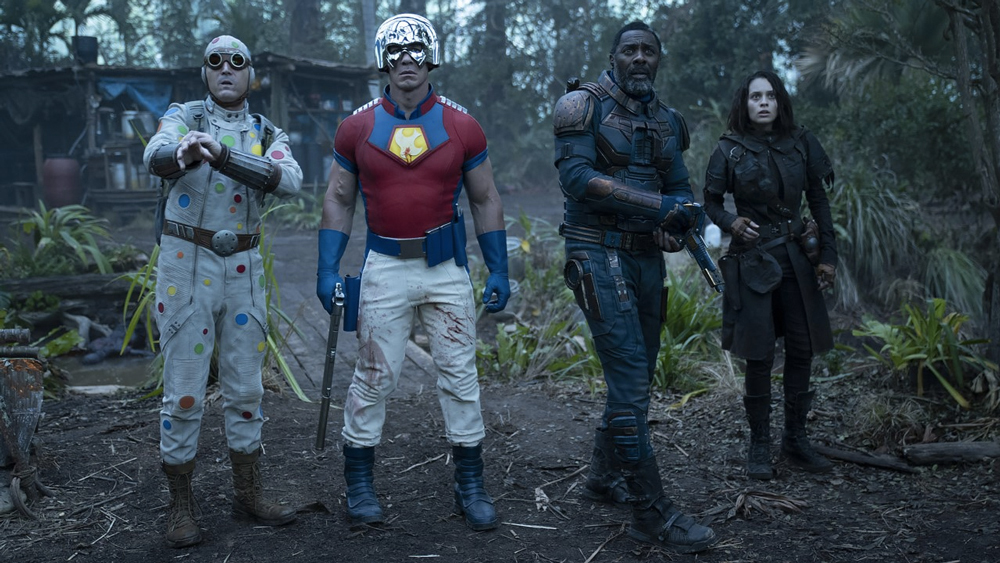
Q: Does something rise?
A: Yes, Starro rises. It’s a giant starfish from space that craps out starfish facehuggers, which make people into starfish zombies.
Q: A giant starfish? That doesn’t sound like a scary supervillain.
A: In Starro’s defense, it is very large. But like I said, The Suicide Squad is a dumping ground for bad ideas. Starro is so notoriously lame, Alan Moore made fun of it in Watchmen with the giant space squid Ozymandias teleports into New York City.
Q: I never realized that was satire.
A: Everything in Watchmen is satire. But we’re talking about The Suicide Squad.
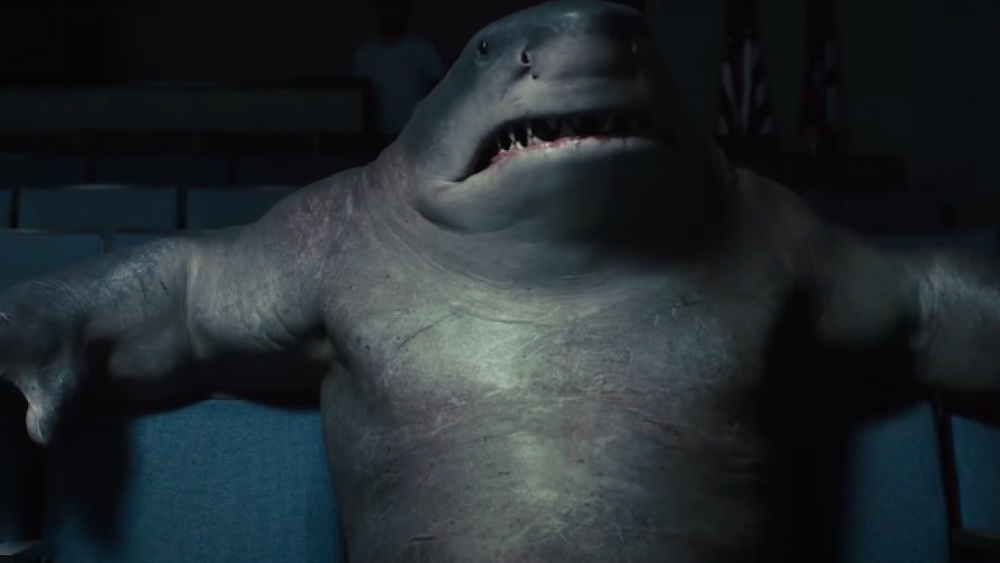
Q: Right. So, if they’re all bad guys, why are the Suicide Squad fighting Starro?
A: The government sends the squad on a mission to Corto Maltese, an island nation where a military coup led by Luna (Juan Diego Botto) is threatening world peace with a secret super weapon, which turns out to be Starro.
Q: So who are the good guys?
A: There are no good guys.
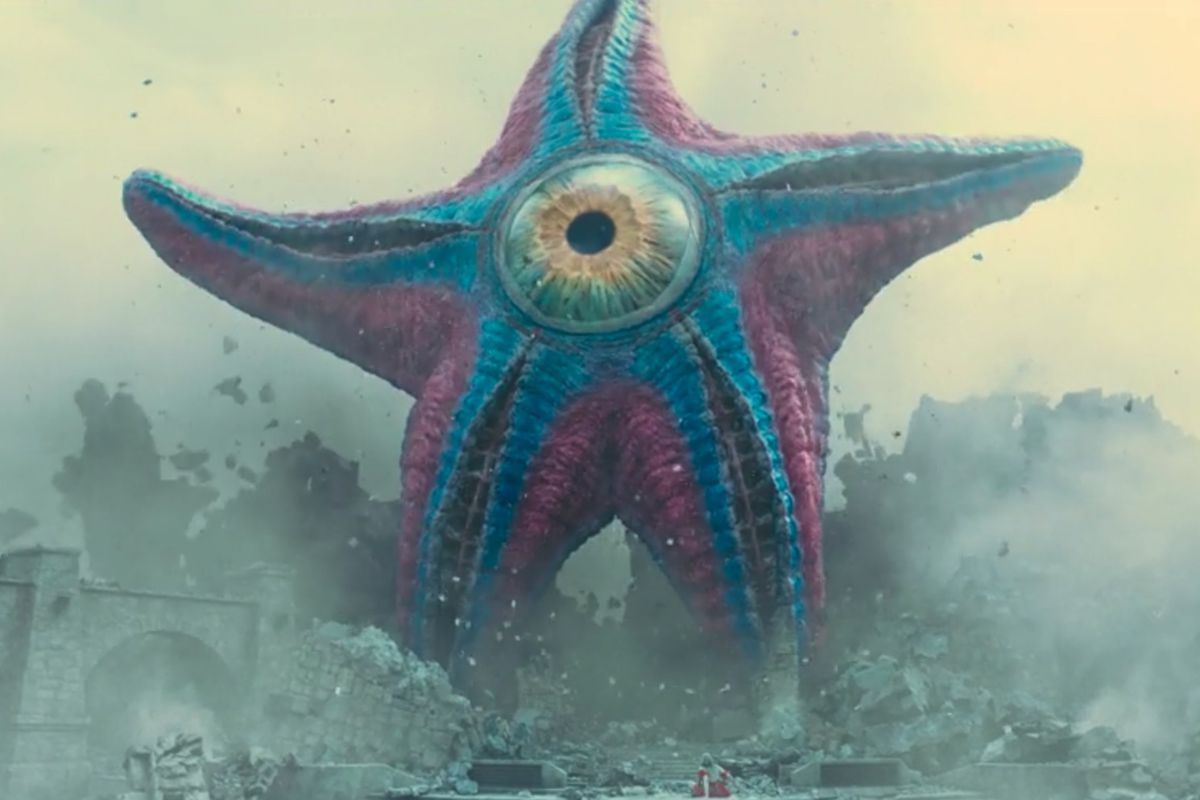
Q: I thought James Gunn worked for Marvel. Didn’t he direct Guardians of the Galaxy?
A: Yes, but back in the Dark Times of 2018, some alt-right jerk-offs got Gunn fired from Guardians of the Galaxy Vol. 3 after he criticized Trump. Warner Bros. scooped him up, and here we are.
Q: That’s terrible! Will we ever see Guardians of the Galaxy Vol. 3?
A: Yes, Gunn got rehired after everyone cooled off and figured out the whole thing was dumb.
Q: So, is The Suicide Squad any good?
A: Well, it’s better than Suicide Squad, a movie so terrible it was actually edited by a company called Trailer Park, Inc., who specializes in cutting film trailers.
Q: That’s a pretty low bar to clear. What is it like?
A: Remember that scene in Guardians of the Galaxy Vol. 2, when Yondu the Ravager uses his remote-controlled arrow weapon to slaughter an entire spaceship crew, while grooving to the smooth bossa nova sounds of “Come a Little Bit Closer,” and you were like, “Wow, this is a little too brutal for a kid’s movie”? All of The Suicide Squad is like that.
Q: Sounds like Gunn really phoned it in.
A: Pretty much. It has its moments, and it’s not as tedious as the Zack Snyder DC films, but it feels completely unnecessary. It says something that, with this and Birds of Prey, DC does villains better than heroes. Or maybe it’s just the Margot Robbie factor.
Q: Haven’t you done this FAQ schtick before?
A: Yes, but since DC and Warner Bros. can’t be bothered to come up with new ideas, why should I try?
